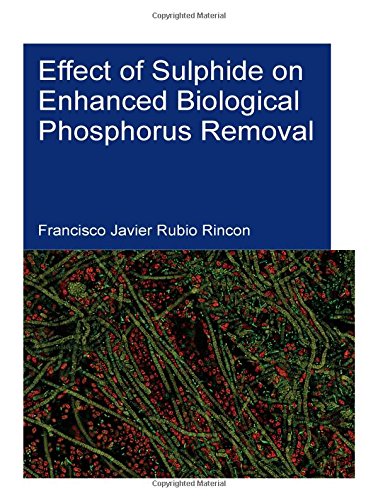

Most ebook files are in PDF format, so you can easily read them using various software such as Foxit Reader or directly on the Google Chrome browser.
Some ebook files are released by publishers in other formats such as .awz, .mobi, .epub, .fb2, etc. You may need to install specific software to read these formats on mobile/PC, such as Calibre.
Please read the tutorial at this link: https://ebookbell.com/faq
We offer FREE conversion to the popular formats you request; however, this may take some time. Therefore, right after payment, please email us, and we will try to provide the service as quickly as possible.
For some exceptional file formats or broken links (if any), please refrain from opening any disputes. Instead, email us first, and we will try to assist within a maximum of 6 hours.
EbookBell Team

0.0
0 reviewsThe enhanced biological removal of phosphorus (EBPR) is a popular process due to high removal efficiency, low operational costs, and the possibility of phosphorus recovery. Nevertheless, the stability of the EBPR depends on different factors such as: temperature, pH, and the presence of toxic compounds. While extensive studies have researched the effects of temperature and pH on EBPR systems, little is known about the effects of different toxic compounds on EBPR. For example, sulphide has shown to inhibit different microbial activities in the WWTP, but the knowledge about its effects on EBPR is limited. Whereas the sulphide generated in the sewage can cause a shock effect on EBPR, the continuously exposure to sulphide potentially generated in WWTP can cause the acclimatization and adaptation of the biomass.
This research suggests that sulphate reducing bacteria can proliferate in WWTP, as they are reversibly inhibited by the recirculation of sludge through anaerobic-anoxic-oxic conditions. The research enhances the understanding of the effect of sulphide on the anaerobic-oxic metabolism of PAO. It suggests that the filamentous bacteria Thiothrix caldifontis could play an important role in the biological removal of phosphorus. It questions the ability of PAO to generate energy from nitrate respiration and its use for the anoxic phosphorus uptake. Thus, the results obtained in this research can be used to understand the stability of the EBPR process under anaerobic-anoxic-oxic conditions, especially when exposed to the presence of sulphide.